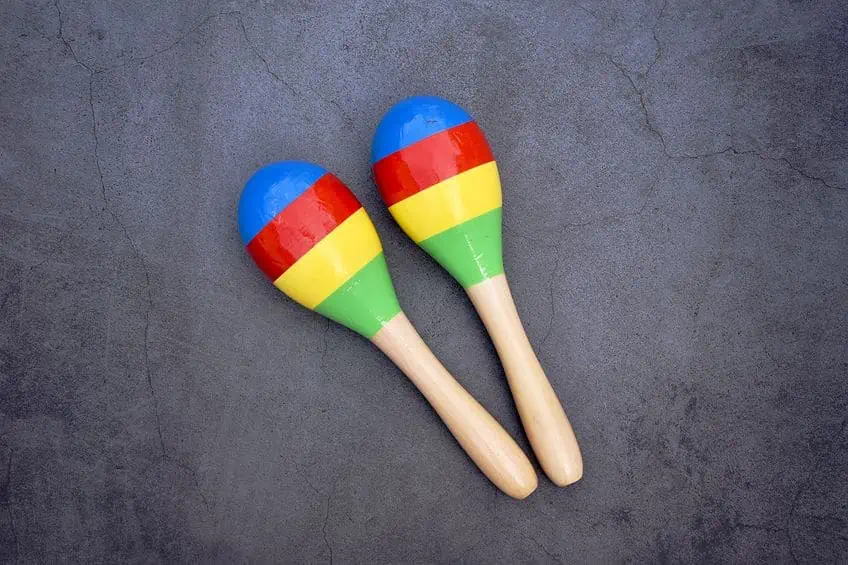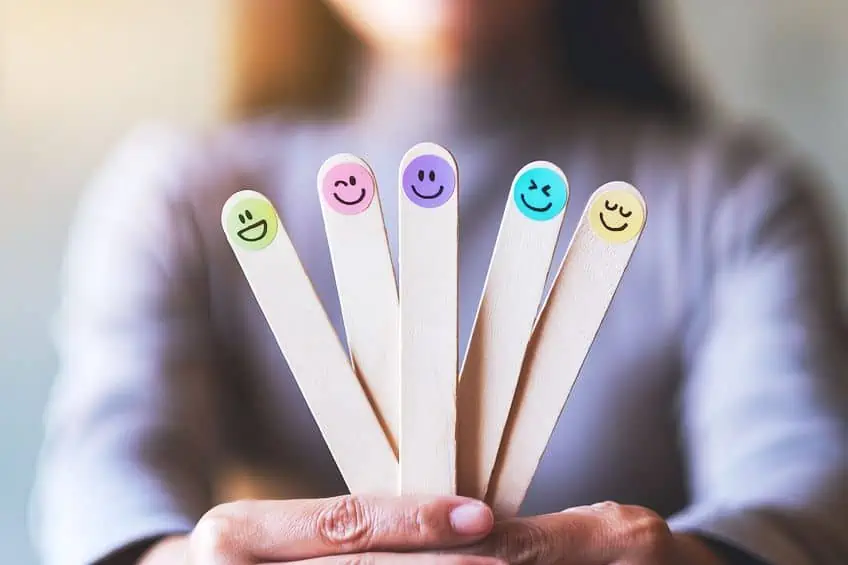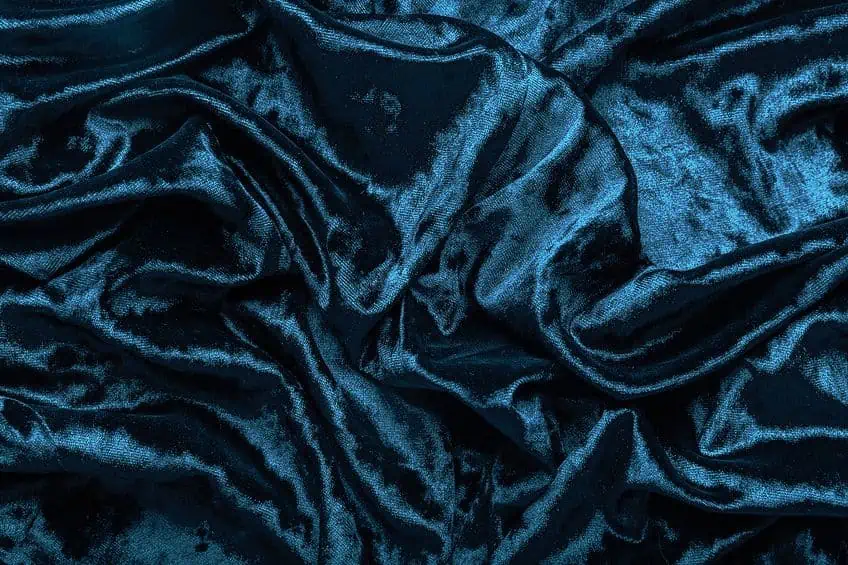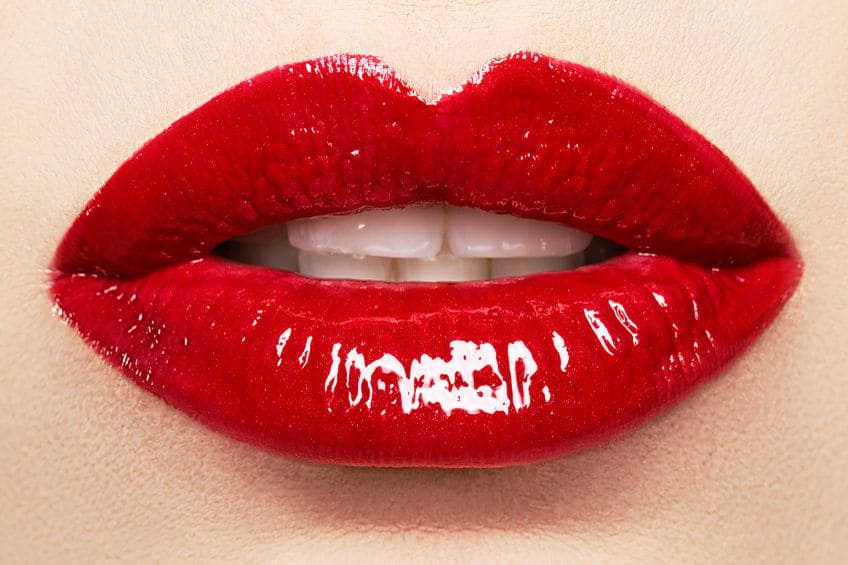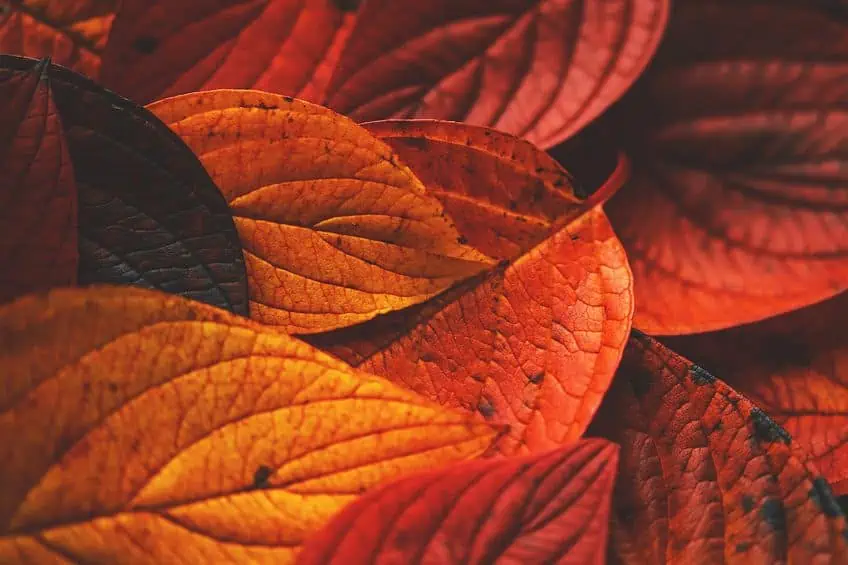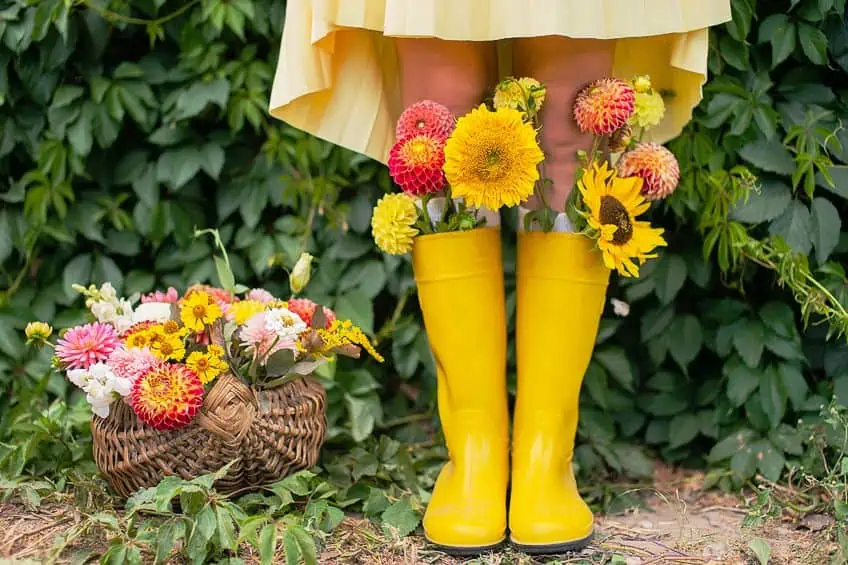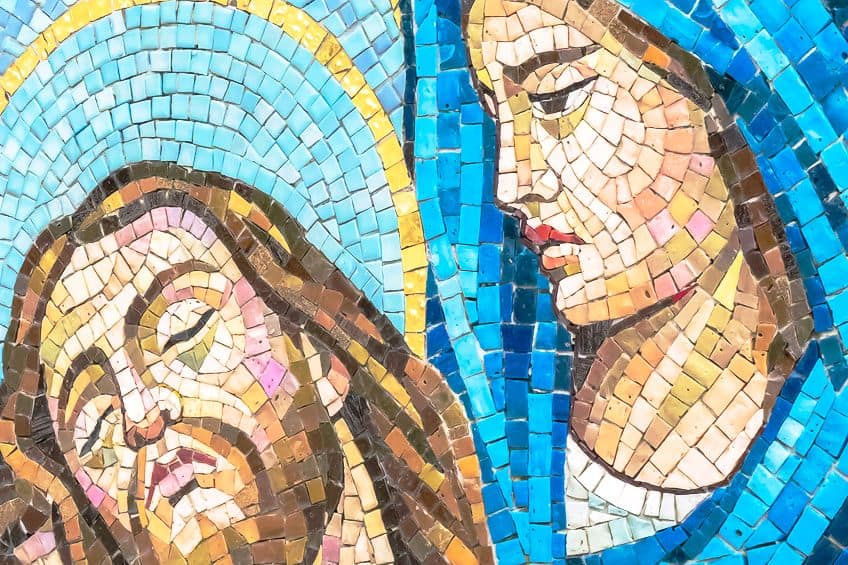Color Emotions – Mood Colors and Their Meanings
Color is a fundamental component of our lives, and its ability to influence our emotions and behavior spans depths we are yet to fully uncover. Whether it be through natural, cultural, or personal semiotics, every single color carries meaning and the ability to evoke specific emotions from the viewer. This is, of course, why colors play such a significant role as a tool used in design, branding, marketing, and – of course – art. By developing a better understanding of the psychology of color and how this may impact our emotional responses, we may better inform the decisions we make in both our personal and professional lives. In this article, we will be delving into the curious world of color emotions. Join us as we explore the science behind how different colors can elicit certain thoughts, moods, and actions from the viewer!
Contents
Defining Color
Before we get into the discussion of colors associated with emotions, let us first construct a working definition of what color actually is. It is the visual sensation perceived by our eyes and brains when they interact with light. Color is but another property of light, and is perceived by us when wavelengths strike an object and reflect back instead of being absorbed. Thus, the color of any object is determined by the wavelengths of light that cannot be absorbed by said object. If we take a green apple, for example, we perceive it as being green because it absorbs every color of the light spectrum besides green. This green is then reflected back from the object where it is then perceived by our eyes.
The perception of color is a fascinatingly intricate process that demands the involvement of both physiological and psychological facets.
Inside our eyes, we have cones; specialized cells that allow us to view color. We have three of these cones in each eye and each of these cones is sensitive to a particular wavelength range. These ranges are red, green, and blue. When wavelengths of light bounce off objects and enter our eyes, these cones are then stimulated to send signals up to the brain where we may then interpret the color of an object. Besides the scientific aspects of color and how it is perceived, there are also cultural and personal aspects of significance that contribute to the responses they generate.
Not only do the associations with colors differ among cultures but people may also develop their own associations based on their individual lived experiences. A good example of this would be the color red, which is perceived by many cultures of the world as the color of passion and love. On the other hand, we have cultures that instead see red as a symbol of anger or danger. When we are able to comprehend the complexities of color and the intrinsic role it plays in our day-to-day lives, we are not only better able to appreciate its power but can also put it to practical use.
A Short History of Color
The origins of color and its impactful relationship with human emotions can be traced back beyond even the era of antiquity. Even the ancient Egyptians had enough of an understanding of color psychology to realize how different colors could affect people’s moods. Although they were centuries away from developing any scientific discourse to contextualize why these effects occurred, they used this knowledge for holistic and health benefits.
The Ancient Egyptian word “iwn” means “color,” and the term itself was intimately linked to the concept of personality and complexion.
The Ancient Greeks, Chinese, and Romans also held a firm belief of something similar to contemporary understandings of color theory, specifically the now-scientifically proven notion that color can indeed affect moods. In the year 1665, Sir Isaac Newton discovered the color spectrum while studying at Cambridge University. He managed to do so by refracting white light through a prism, which led to the identification of composite colors like yellow, blue, red, green, violet, orange, and indigo.
In 1810, a German artist by the name of Johann Wolfgang von Goethe would publish a ground-breaking theory wherein it would first be hypothesized that color can have a direct effect on the moods and emotions of viewers. The significance of his studies cannot be understated as they offered a challenge to the pre-existing theories based primarily on the works of Newton. The primary argument proposed by Goethe was that color not only represented the physical properties of light but that it also carried an equally important component regarding psychology and subjectivity. His work stressed that the individual human observer was a key ingredient in the mix that determined the perception of light. His understanding of how the human eye and brain processed light led him to establish the argument that different colors could elicit different emotional and psychological responses in people.
Goethe’s findings would profoundly impact development in areas of literature, psychology, and art into the 19th and 20th centuries.
The famous Swiss psychiatrist Carl Jung would later expand upon Goethe’s findings to develop the art theory regarding how color may assist in battling trauma. Mood colors, as they may often be referred to, have for centuries been used in works of art to evoke intended emotional responses from viewers. In the era of modernity, mood colors are also now greatly utilized to further the success of advertising and marketing campaigns.
Defining Color Emotions
You probably have a favorite color and a fair explanation as to why it ranks number one for you. However, every color, whether you are fond of it or not, has the potential to influence your thoughts and emotions and, by relation, even your actions.
It is well worth understanding why and how colors affect our thought process, especially considering how they may determine much of our day-to-day decision-making.
For instance, they can influence not only our choice of clothing but even the sorts of food we choose to eat. Certain colors and the way they make us feel can determine much more, from productivity levels in the workplace to the degree of comfort one feels within their own home.
Colors Representing Emotions
We have already discussed how the psychological perception of colors is heavily dependent on the subjective experience of each individual due to matters of culture, personal tastes, and so forth. However, there are many colors that bear the same connotations for the majority of us. As such, we as a global society have come to associate certain colors more holistically as symbols for particular emotions and ideas. For instance, the colors representing emotions of love, especially during Valentine’s Day, are red and pink.
Colors Associated With Emotions
To get a better understanding of colors associated with emotions, it helps to know a bit about color theory. Primarily, understanding how colors relate to each other according to the color wheel helps as it is a visual representation of each color’s compatibility with each other. Colors positioned closely to one another on the color wheel tend to share similar emotional resonances. Warmer colors, such as red, orange, and yellow will evoke similar emotional responses from the viewer but will differ greatly from cooler colors like blue and green.
Then again, individual colors can produce a variety of different emotional reactions depending on their shades as well.
For example, brighter shades of a color will generate different feelings compared to muted shades. Mood colors are used extensively in media and advertising to stimulate specific responses from viewers and consumers. Muted grays can be implemented in art to evoke sadness while brighter, warm colors can be used to promote joy and excitement. In interior design, cool colors can be used to produce more relaxing spaces. Famously, fast food franchises make particular use of warm reds since these shades are known to stimulate appetites.
Colors representing emotions have earned these semiotic associations through societal and cultural traditions along with the subjective experiences of each individual. However, biological conditioning is another firm component in the recipe. For example, certain colors can be quite strenuous on the cones inside the human eye, making them inherently unappealing for most people.
Some shades of red are even known to increase your blood pressure and stimulate hypertension.
With all this in mind, we think it is time to explore some individual examples of colors and their emotional qualities. In the next few sections, we will be covering several colors and the emotions they can evoke from viewers. Each example will come with its own color emotion chart to summarize its corresponding information.
What Color Is Trust?
If you want to know what color is trust most closely associated with, the answer is blue. The color is inherently soothing and calming, not only due to cultural associations but also because it is gentle on the cones inside our eyes. As such, we tend to feel safer in spaces wherein blue is a key component of the palette.
However, the shade of blue used plays a vital role in determining whether or not a sense of trust will be evoked.
While lighter blue colors do well to induce calm and the brighter shades tend to be both energizing and refreshing, it is the deeper shades of blue that will resonate with feelings of trust. This is because darker blues embody the ideals of strength and dependability.
Red
Red, alongside blue and yellow, is one of the three primary colors. It is the quintessential warm color of the visible light spectrum and, as such evokes connotations that, while being a mix of positive and negative emotions, tend towards the extremes of excitement. Some of its semiotic values include concepts such as fire, love, anger, passion, and violence. As aforementioned, red is a highly stimulating color that can actually affect human physiology in a way that aggravates high blood pressure. Red can signify something of importance, hence its use as the color of the carpeting at VIP events. Being the color of fire blood, it stands within reason that red is also a color used to signify danger.
Stop signs and warning labels, for example, are most often colored red.
To the Chinese, red is an incredibly positive color. Not only is it the color of the CCP’s flag, but in Chinese culture, red bodes meanings of prosperity, luck, wealth, and happiness. In Africa, the color red has negative connotations that are drawn from the HIV/AIDS epidemic. Then again, there are several cultures in the east of Asia that view it as a positive color with brides often wearing red dresses on their wedding days.
As mentioned prior, red is a color of extremes. Whether the emotional connotation is good or bad, the message is impactful. Whether it is power or passion, it can be conveyed most effectively using the color red. Bright shades of red can deliver a high degree of energy. For the sultry and elegant, dark shades of red work just fine. As striking as it is, however, red can easily be overdone and too much of it can lead to overstimulation. Keep this in mind should you wish to use reds as a key component in your artwork.
| Color | Red |
| Positive Emotions | Love, life, passion, energy, bravery, and beauty. |
| Negative Emotions | Pain, hate, anger, hostility, and lust. |
Orange
If you want to know what color means happy, orange is your answer. A combination of the primary colors red and yellow, it is an amalgam of the former’s energy and the latter’s jollity. When implemented correctly and in appropriate settings, this color can stimulate various positive emotions. These include courage, eagerness, and vitality.
In its brighter shades, the color evokes energy.
Even when muted, the emotions associated with orange may remain on the positive side. Since muted orange bears a likeness to the color of autumn leaves, which denotes a period of seasonal change, this color symbolizes change in the broader sense of the word. In terms of mood colors, creativity is something very powerfully associated with orange in its brighter shades. Semiotic associations to vitality and well-being are also tied to orange on account of its namesake being derived from the likeness of the orange fruit.
| Color | Orange |
| Positive Emotions | Courage, joy, excitement, confidence, optimism, and warmth. |
| Negative Emotions | Pessimism, pride, disorder, insecurity, and temptation. |
Yellow
If you want to know what color means happy, yellow is also a suitable answer. Not only is it one of the three primary colors, but it is also the brightest and therefore most energizing color in the visible light spectrum. And with it being the color of the sun, one should not find any difficulty in figuring out why this is the case. That being said, yellow can also be symbolic of negative things such as deceit, immaturity, and spinelessness.
Although not to the same extent as red, yellow also sees its time in the sun as being a color associated with danger.
In Egypt, as it was during the era of antiquity, yellow is still symbolic of the sun and thus represents the concept of everlasting life. For this reason, the color is often worn at funerals and times of mourning. The same can be said of other countries such as Myanmar, Ethiopia, and Mexico. To the Japanese, yellow is a color that firmly embodies the emotion of courage.
In the worlds of art and design, yellow is most popularly used as a means to inject emotions of happiness and joy. The lighter shades of yellow tend to induce a sense of calmness, hence its popularity as a color in clothing designed for toddlers and adolescents. To produce a more mature, antiquated piece of work, however, one can employ the darker shades of yellow.
| Color | Yellow |
| Positive Emotions | Creativity, power, confidence, hope, joy, energy, happiness, warmth, and forgiveness. |
| Negative Emotions | Fear, impatience, spite, indifference, cowardice, and criticality. |
Green
Birthed from the combination of the primary colors yellow and blue, the color green is the color with perhaps the most easily identifiable symbolism and emotional connotations. Given that it is the quintessential color of nature, its presence is often inherently calming, especially if utilized in manmade spaces where plant life is less common. Its inextricable link to nature renders it symbolic of attributes such as vitality, growth, fresh beginnings, life, and abundance. It is not without its negative associations, however, as green can also be symbolic of envy and jealousy.
According to the findings of color psychology, green is at both times calming and energizing on account of it being the combination of blue and yellow respectively.
Artists and designers will use green to conjure thoughts of nature. Wealth is also another concept keenly tied to the color green. Boasting many balanced shades, the color green is also perceived as emblematic of stability. You have the option of working with brighter shades of green, which may have an energizing effect perfectly suited for workspaces. Alternatively, you could utilize the darker, more earthy shades of green to produce a more grounded, calming effect.
| Color | Green |
| Positive Emotions | Growth, generosity, compassion, renewal, abundance, calmness, sympathy, and practicality. |
| Negative Emotions | Greed, inexperience, jealousy, envy, and selfishness. |
Blue
Alongside red and yellow, blue is the other primary color we are yet to discuss. Its most common corresponding emotion is that of calmness but its darker shades are, antithetically so, associated with negative emotions such as depression and general sadness. In fact, as you no doubt already know, “feeling blue” is a term used to describe the sensation of sadness.
Dark blues do, however, carry a semiotic association with the ideals of dependability and strength.
Within many cultures, religions, and their corresponding traditions, the color blue is symbolic of peace. For example, the most typically depicted image of the Virgin Mary is that of her dressed in blue garments. The color emotion chart below further details the moods that blue is most closely associated with.
| Color | Blue |
| Positive Emotions | Calmness, relaxation, peace, security, tranquillity, reliability, stability. |
| Negative Emotions | Sadness, depression, anxiety, fragility, fear, and irrationality. |
Thanks for taking the time to read through our article on color emotions! Hopefully, we have dispensed some useful and informative details regarding colors associated with emotions. Mood colors are well worth understanding as either an artist or designer, since it affords a greater deal of control surrounding the types of thoughts and feelings one may hope to arouse from their audience.
Frequently Asked Questions
What Mood Is Purple?
The lighter shades of purple are most closely associated with emotions such as calmness and relaxation. It is for this reason that we see their frequent use in the branding of beauty products. If you want to know what mood is purple most closely associated with when it is of a darker shade, some examples would be wealth, mystery, creativity, and loyalty.
What Color Means Happy?
Both yellow and orange are the two colors we most associate with the feeling of happiness. Warm yet unobtrusive, these two colors are both comforting and soothing feelings. These colors are found in many of nature’s splendors, including sunsets, fruits, and exotic wildlife.
What Color Is Trust?
The color of trust is blue. More specifically, darker blue shades, such as navy, are considered to most closely embody the symbolism of trust. Being a cool color, it boasts inherent values that evoke calmness within the observer. The use of blue as a semiotic means of gaining trust among consumers is seen frequently from banks around the world.
Who First Theorised the Relationship Between Color and Emotions?
Johann Wolfgang von Goethe, a German artist, would be the first to publish findings that would suggest a link between color and emotions. The significance of his studies cannot be understated as they offered a challenge to the pre-existing theories based primarily on the works of Newton, who had only written about the physical attributes of the visible light spectrum. The main argument posited by Goethe was that color not only represented the physical properties of light, but that its perception was also influenced by the subjective thoughts and experiences of the human observer.
Megan is a writer and researcher who holds a degree in Social Sciences, with a specialization in Psychology and Environmental Science, from the University of Cape Town. Her dedication to acquiring knowledge and making a positive impact has driven her current work in promoting conscious and sustainable growth in Southern Africa. Megan’s interests encompass exploring the physical and psychological impacts of color in our environment on our mood and well-being. She is also passionate about the role of art and creativity, which has been an integral part of society since the beginning of human history. Since 2022, Megan has been contributing blog posts on painting and color theory at artfilemagazine.
Learn more about Megan van Schoor and about us.
Cite this Article
Megan, van Schoor, “Color Emotions – Mood Colors and Their Meanings.” artfilemagazine – Your Online Art Source. April 20, 2023. URL: https://artfilemagazine.com/color-emotions/
van Schoor, M. (2023, 20 April). Color Emotions – Mood Colors and Their Meanings. artfilemagazine – Your Online Art Source. https://artfilemagazine.com/color-emotions/
van Schoor, Megan. “Color Emotions – Mood Colors and Their Meanings.” artfilemagazine – Your Online Art Source, April 20, 2023. https://artfilemagazine.com/color-emotions/.



